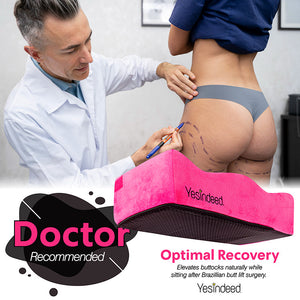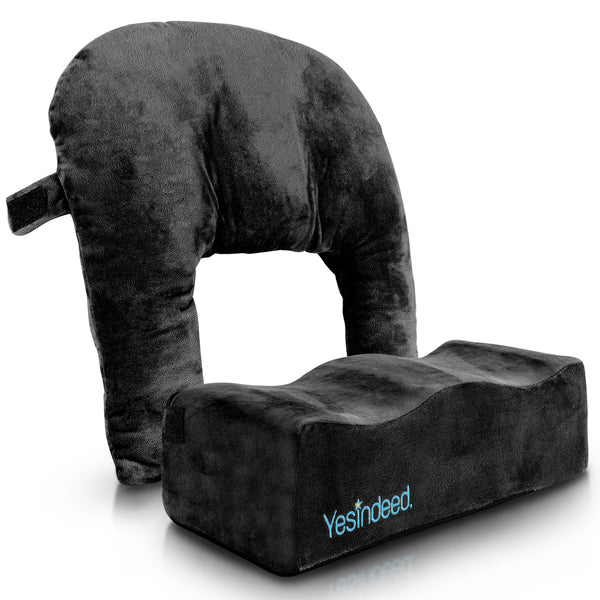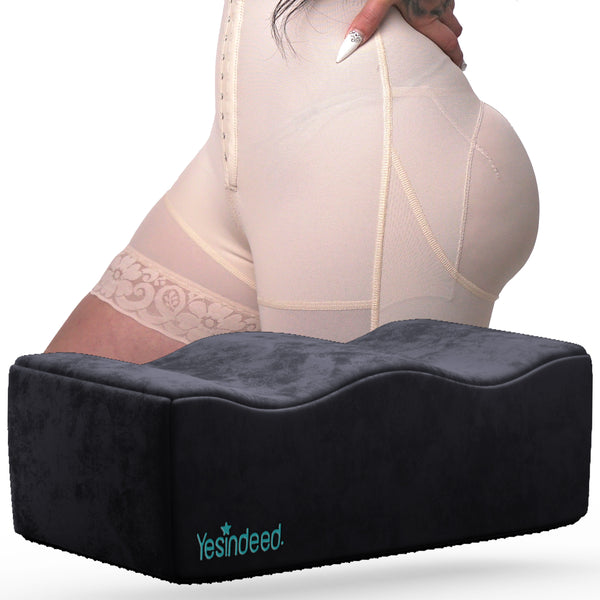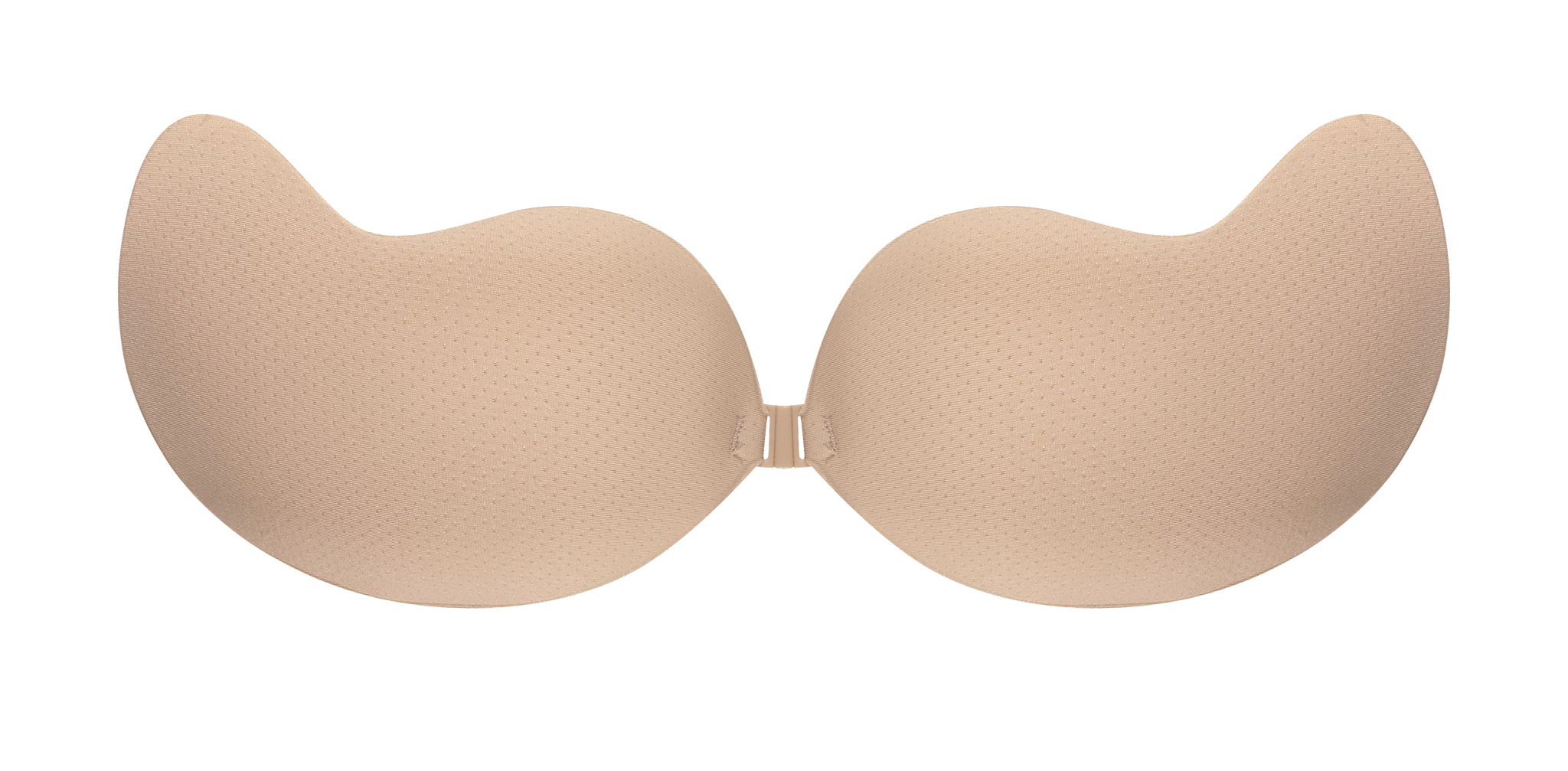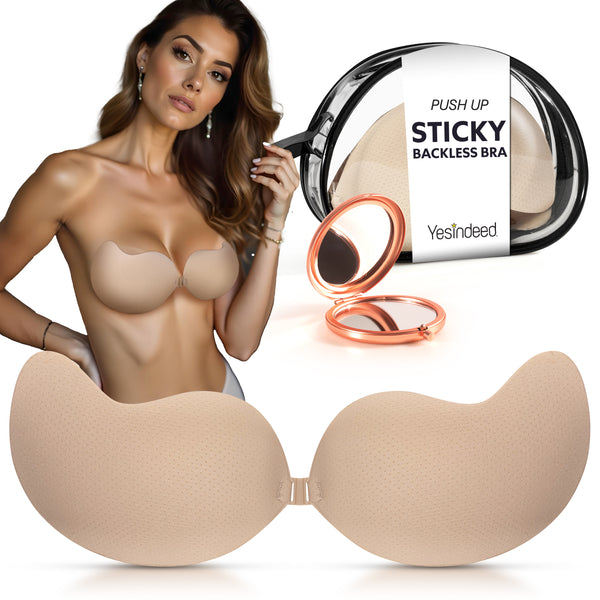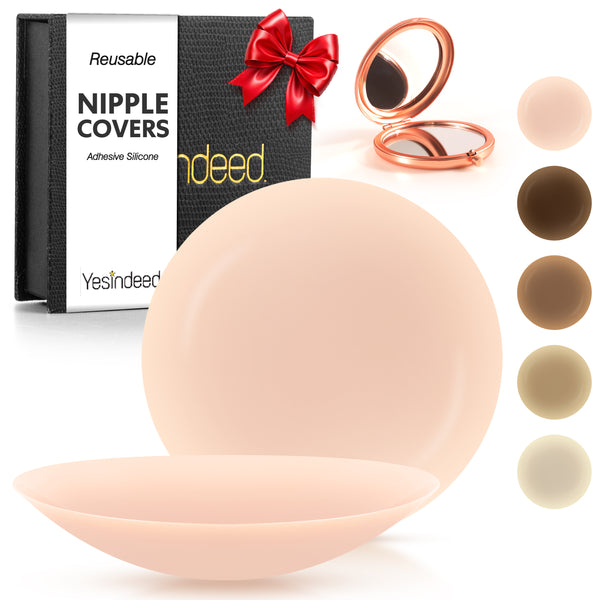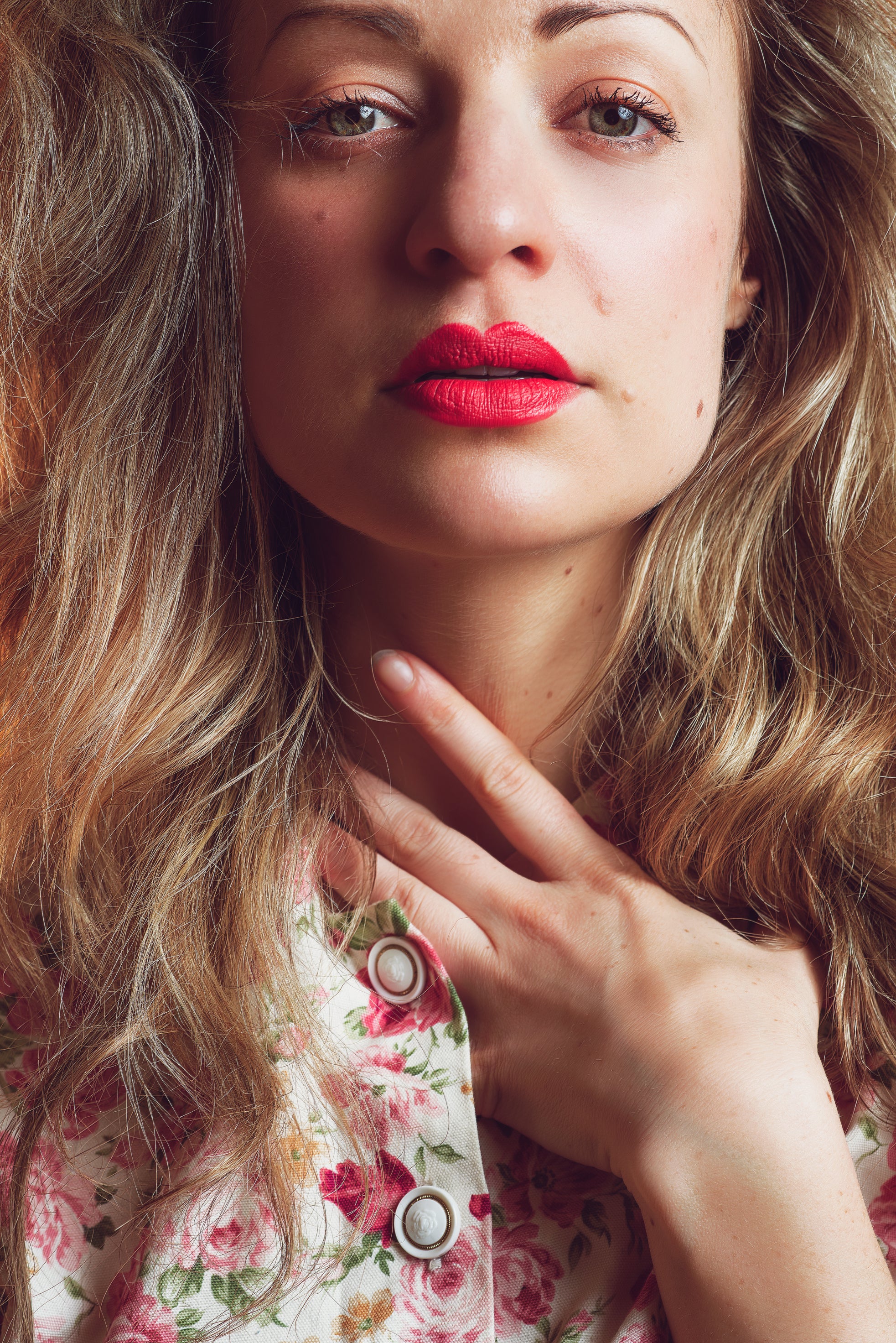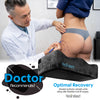Brachioplasty is a medical term commonly known as an arm lift. It is a surgical procedure that reshapes the upper portion of the upper arm. Understanding the recovery timeline and what to expect is crucial if you're considering this procedure. This blog provides a detailed overview of the healing process, incorporating insights from leading plastic surgery websites.
Immediate Brachioplasty Post-Surgery Care (1-3 Days)

After brachioplasty, expect moderate pain managed with medication. Your arms will be bandaged, limiting your range of motion. Assistance with daily activities is recommended during this phase. It's vital to keep hydrated and follow a balanced diet to aid recovery.
Read More About Non-Surgical Alternatives To Arm Lift Surgery
The First Week: Managing Pain and Swelling
In the first week, pain, swelling, and bruising will start to subside, but these may persist for up to a month. Transitioning to over-the-counter pain management is common. Avoid strenuous activities and follow your surgeon's instructions on arm movement.
10 Days Post-Surgery: Removal of Stitches
After about ten days, any stitches, drainage tubes, and bandages are usually removed. While arm mobility may improve, heavy lifting and extensive stretching should still be avoided. During this period, most patients return to work and normal household activities, with compression garments recommended to aid healing.
Two Weeks Onwards: Scar Management
Two weeks after the surgery, scar therapy typically begins, involving silicone-based products or scar creams. Scarring from brachioplasty is inevitable, extending from the inner elbow to the underarm. These scars will blend and lighten over time, and cosmetic treatments can further minimize their appearance.
One Month And Beyond: Resuming Normal Activities
By 4-6 weeks post-surgery, most swelling and bruising should resolve. Patients may be cleared to resume regular exercise routines, lift heavier objects, and return to sports like tennis and golf. However, scar treatment may continue for several months.
Factors Influencing Recovery Time
Recovery time can be different based on several factors, including
- Medical history
- Age
- Sex
- Occupation
- Pre-surgery health habits.
Active patients with healthy habits tend to recover more quickly.
Lifestyle Considerations During Recovery
- Avoiding Certain Substances: Abstain from tobacco and alcohol before and after the surgery, as they can slow down healing.
- Dietary Choices: Focus on a diet rich in soluble fiber and bioavailable protein to enhance healing. Foods like quinoa, brown rice, almonds, beans, lentils, and peas are beneficial.
- Hydration: Aim for a gallon of water daily, supplementing with water-rich foods like broth-based soups and snacks like carrots and celery.
Preparing for A Smooth Recovery
It is recommended that patients create a comfortable recovery space at home with easy access to medications, water, and relaxing entertainment. Light exercise, such as walking, is also encouraged to promote circulation and healing.
Resuming Exercise And Work

The typical recovery period before returning to work is one to two weeks, depending on the demands of your job. Physically demanding jobs might require more time off than sedentary ones, but they might also allow a quicker return. It is best to pause your exercise routine and then reintroduce activities individually. Walking is advised for better circulation and healing. However, until your doctor gives the all-clear, stay away from heavy lifting and strenuous exercise.
Managing Scars And Incisions
Scars are an inevitable part of the brachioplasty process. Proper care of incisions post-surgery can significantly impact the appearance of scars. Over time, scars from the elbow to the underarm area should fade and become less noticeable, particularly with your surgeon's guidance on scar management techniques.
Diet And Physical Activity
A balanced diet rich in protein and hydration aids in faster healing. Limiting activities that can elevate blood pressure or strain the incision area is essential. Gradually, as healing progresses, physical therapy or light exercises may be recommended to restore range of motion and strength in the arms.
Keeping An Eye On And Handling Any Potential Problems
It is imperative to keep a close eye on the surgical site for any odd changes, such as increased swelling, redness, or drainage. If you notice any worrying symptoms, get in touch with your doctor right away. Recall that healing durations can differ, and adhering to your surgeon's instructions is essential for successful results.
Frequently Asked Questions
How Long Does The Pain Last After Brachioplasty?
Most patients experience pain for the first few days post-surgery, which can be managed with prescribed or over-the-counter medication. The intensity of pain generally decreases significantly after the first week.
When Can I Return To Work After An Arm Lift?
Depending on the nature of your job, you can typically return to work 1-2 weeks after the surgery. A longer recovery period may be necessary for physically demanding jobs.
How Long Will It Take For The Scars To Fade?
Scars from brachioplasty will lighten and blend over time, usually becoming less noticeable within a few months to a year. However, scar appearance varies among individuals.
Are There Any Restrictions On Physical Activities Post-Surgery?
Patients are advised to avoid heavy lifting and strenuous exercise for several weeks post-surgery. Your surgeon will provide specific guidelines based on your case.
Can I Combine Brachioplasty With Other Cosmetic Procedures?
Yes, brachioplasty can often be combined with other procedures like arm liposuction or breast augmentation. Discuss with your surgeon to understand how this may affect your recovery time.
What Should I Eat During My Recovery From Arm Lift Surgery?
A balanced diet rich in protein and soluble fiber is recommended. Foods like quinoa, brown rice, almonds, beans, and lentils can be beneficial for healing.
How Can I Ensure The Best Results From My Brachioplasty?
Following your surgeon's post-operative instructions, maintaining a healthy lifestyle, and attending all follow-up consultations are key to achieving the best results from your brachioplasty.
Conclusion
Understanding the recovery process for brachioplasty is key to a successful outcome. By following post-operative instructions, maintaining a healthy lifestyle, and being patient with the healing process, you can achieve the desired results with minimal complications. Always consult your surgeon for personalized advice and to address any concerns during your recovery.









